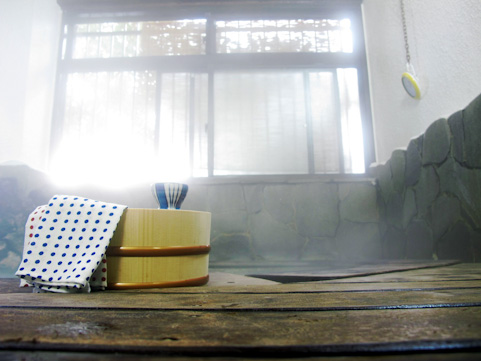Onsen Rubber
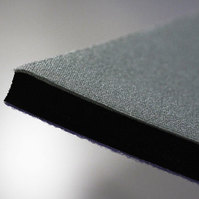
Hypothermic Effect Helps with Intense Pain from Spinal Canal Stenosis, Cancer Pain; Activates Sirtuins.
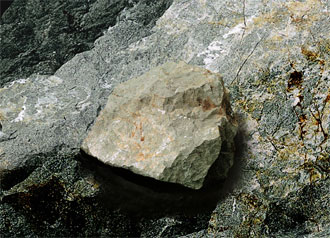
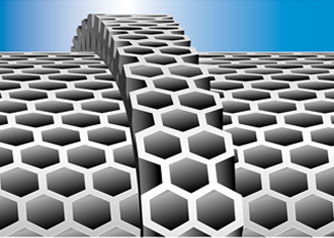
Effects of Far Infrared Rays Emitted from Rubber Made from Ultra-Pure Limestone.
Rubber made from a base of ultra-pure limestone mined from Mt. Kurohime in Niigata Prefecture increases levels of cell-mending proteins called Heat Shock Proteins (HSPs). The special, HSP-stimulating rubber is affectionately dubbed "Onsen Rubber." The pronunciation of the English words "rubber" and "lover" are the same in Japanese, thus making a play on words around the onsen "lovers" who frequent hot spring baths, and "rubber," the material which provides a hypothermic effect not unlike the baths themselves.
More than a few plastic surgeons and kidney specialists have adopted Onsen Rubber in their treatments to help relieve patients' pain. Prime targets for this treatment include patients with renal failure that suffer from lower back pain during dialysis. This is often seen in patients with spinal canal stenosis or osteoarthrosis. In the field of cancer treatment, there have also been some instances of reduced pain or diminishment in tumors as the cancer worsens.
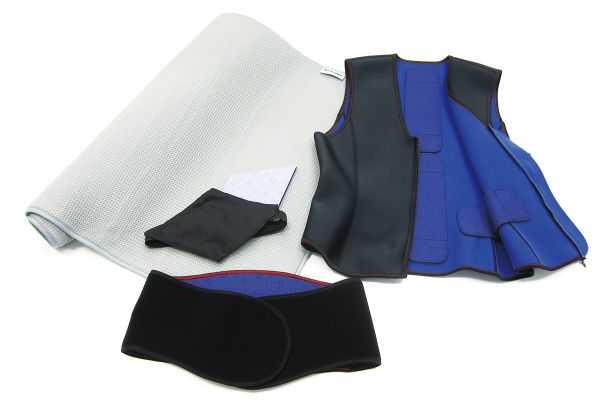
These effects are due to far infrared rays. The surface of Onsen Rubber is a honeycomb structure full of holes, each microns in diameter. When one touches their skin to the rubber, they can feel their body warming up slightly in a very short period of time. The bee's nest-like construction of the rubber material is tempered with carbon and rare minerals which allow it to emit beneficial infrared rays into the human body.
Far infrared ray-emitting Onsen Rubber is registered as medical equipment with both Japan's Ministry of Health, Labour and Welfare and the FDA in the US. Far infrared rays warm up the body and improve circulation, which is supported by actual reports of Onsen Rubber improving blood flow. Speed of blood circulation has been shown to increase within 30 seconds of skin coming into contact with the material.
Longevity Gene Activation in 16 of 19 Subjects.
In addition to observations of improved circulation, increased HSP levels are also garnering attention. This increase was proven by Professor Hirotsugu Uemura of the Kinki University Medical Department. In his report "Effects of Full Body Thermotherapy Using New Far Infrared Emitters on the Propagation of Tumor Growth" given at the American Association for Cancer Research, Dr. Uemura found increased proliferation of HSP27, HSP70, and HSP90 in lab mice. The experiment also confirmed the mice's body temperatures had risen 0.36°C to 1.0°C. The rubber has drawn attention as a thermotherapy method that requires no heating via electricity, etc.
Furthermore, Onsen Rubber was also found to increase activity in the sirtuin gene Sirt1, a gene related to the aging process. The subjects, with ages ranging from those in their 20s to those in their 70s, were fitted with a piece of Onsen Rubber on their lower backs for 21 days. Of the 19 subjects, Sirt1 activation was observed in 16 of them.
Telomeres exist on the ends of chromosomes and protect our DNA. Normally, this part of the cell grows shorter each time the cell divides. As a result, it becomes unable to protect the DNA, causing various inflammations in internal organs and metabolic disorders. Sirt1 helps prevent the shortening of telomeres, and because Onsen Rubber can activate Sirt1, we therefore anticipate that Onsen Rubber could be used to extend the lives of cells, and even offer an anti-aging effect.
